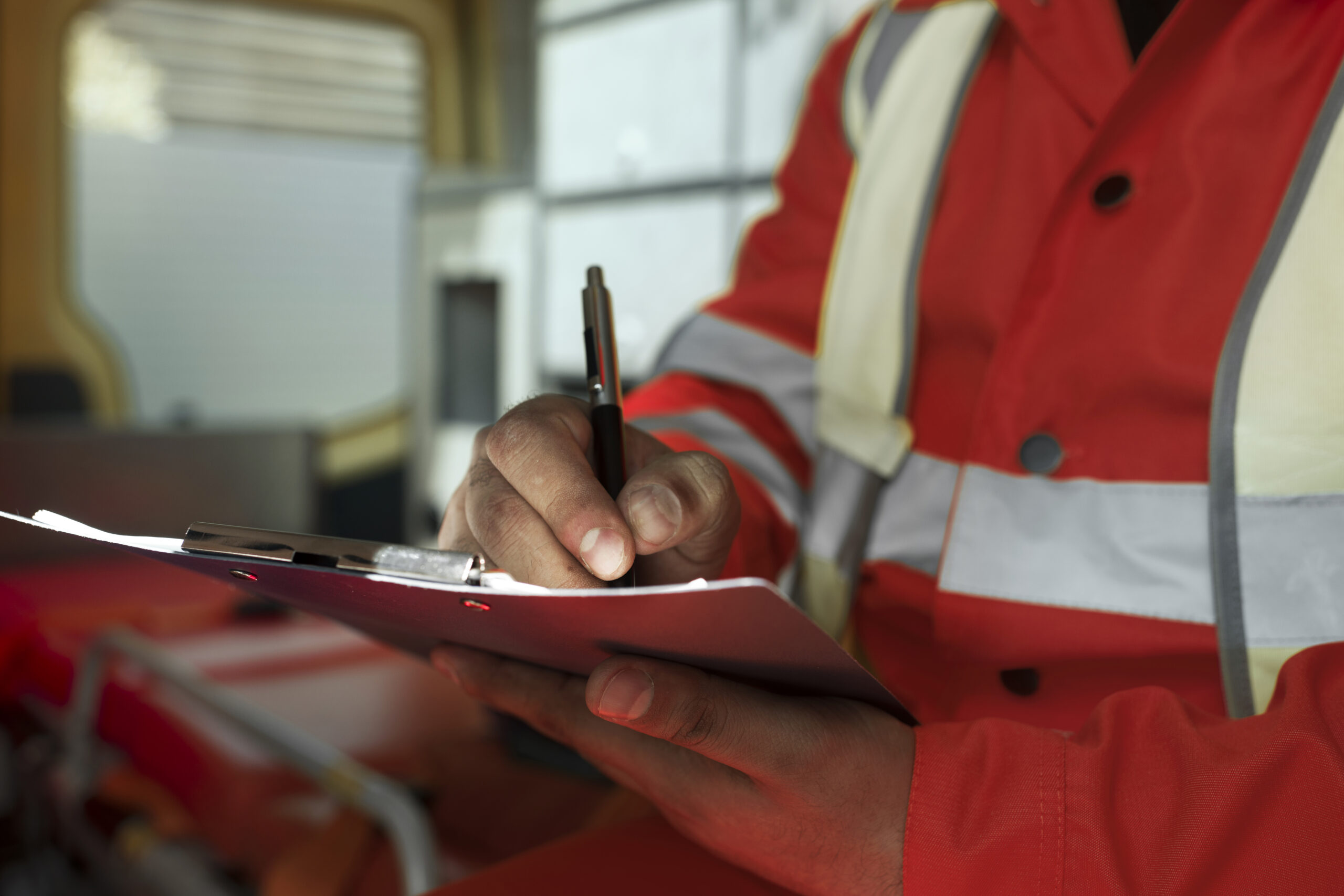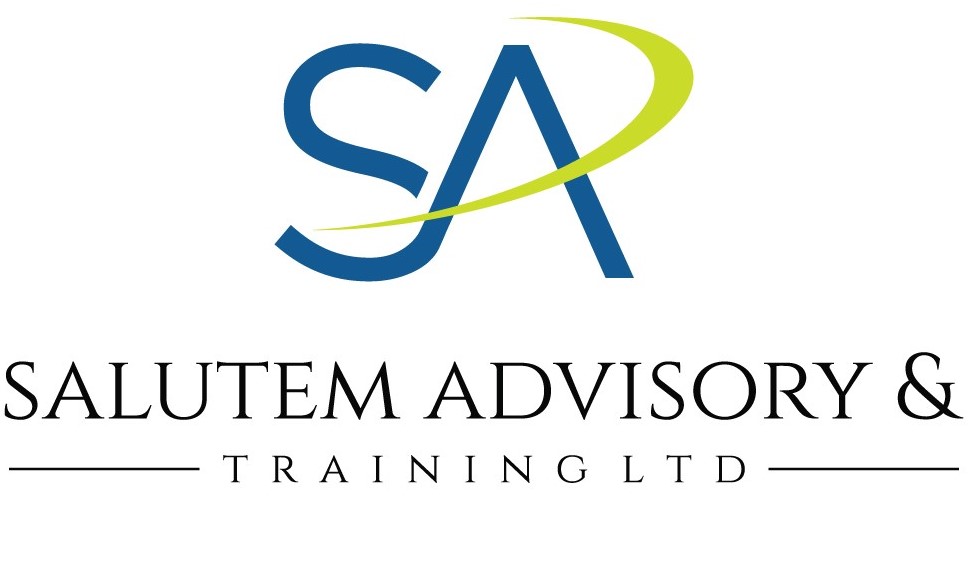
“Spot it, Report it, Prevent it – Your Safety is Our Priority!”
The Critical Role of Risk Reporting in Ensuring Workplace Safety
Understanding and managing risks is not just a regulatory requirement in Ireland but a moral imperative for businesses of all sizes. Risk reporting, an integral component of health and safety management systems, plays a pivotal role in identifying, assessing, and mitigating potential hazards. Hazards that could harm employees, disrupt operations, or damage the environment. This short article explores why risk reporting is crucial and how organisations can implement effective risk reporting practices to create safer workplaces.
Why is Risk Reporting Important?
- Proactive Hazard Identification: Risk reporting encourages a proactive approach to hazard identification, allowing businesses to address potential risks before they escalate into serious incidents. By regularly reporting and reviewing risks, organisations can stay one step ahead, ensuring the safety and well-being of their workforce.
- Legal Compliance: Many countries have stringent health and safety regulations that require businesses to undertake risk assessments and report their findings. Failure to comply with these legal obligations can result in hefty fines, legal action, and damage to the company’s reputation.
- Improved Decision Making: Effective risk reporting provides management with the information needed to make informed decisions regarding health and safety policies, procedures, and resource allocation. This ensures that safety measures are both efficient and effective.
- Enhanced Safety Culture: A robust risk reporting system fosters a culture of safety where employees feel valued and protected. When workers are encouraged to report hazards without fear of reprisal, it not only improves morale but also reinforces the company’s commitment to safety.
Implementing Effective Risk Reporting Practices
- Establish a Clear Reporting Process: Organisations should develop and communicate a straightforward process for reporting risks. This includes defining what constitutes a risk, how to report it, and who to report it to. Clear guidelines will ensure that employees understand their role in maintaining a safe work environment.
- Provide Training: Employees should receive regular training on identifying hazards and the importance of risk reporting. Health and safety courses can equip staff with the necessary skills and knowledge to recognise and report potential risks effectively.
- Utilise Technology: Leveraging technology can streamline the risk reporting process. Digital platforms and mobile apps allow for real-time reporting and tracking of hazards, making it easier for health and safety teams to respond promptly.
- Encourage a No-Blame Culture: To encourage active participation in risk reporting, organisations must foster a no-blame culture. Employees should feel safe to report hazards without fear of blame or retribution. This approach ensures that the focus remains on resolving issues rather than assigning fault.
- Regularly Review and Act on Reports: Merely collecting risk reports is not enough. Organisations must regularly review reported risks, take necessary actions to mitigate them, and communicate these actions back to the workforce. This not only addresses potential hazards but also demonstrates that the company takes employee safety seriously.
Risk reporting is a fundamental aspect of effective health and safety management. By implementing robust risk reporting practices, organisations can not only comply with legal requirements but also cultivate a safer, more productive work environment. Remember, a commitment to safety starts at the top. By prioritising risk reporting, companies can protect their most valuable asset— their people.
Stay Safe, Stay Informed
For more insights on health and safety practices and to learn about our courses designed to help businesses manage risks more effectively, visit our website. Together, we can create safer workplaces and communities.
Planning a Risk Assessment ? Our team provides on-going support for companies within our Retained Safety Packages.

